Investigative Reporting Program

Chronicling COVID-19
How the novel coronavirus has impacted people across California, especially in underserved communities.
Learn more about the Investigative Reporting Program.

Doulas hope to regain momentum as Covid restrictions ease
Sarah Hoenicke Flores ('19) reports on how Covid restrictions have affected doula care. Photos by Stephanie Penn ('21).

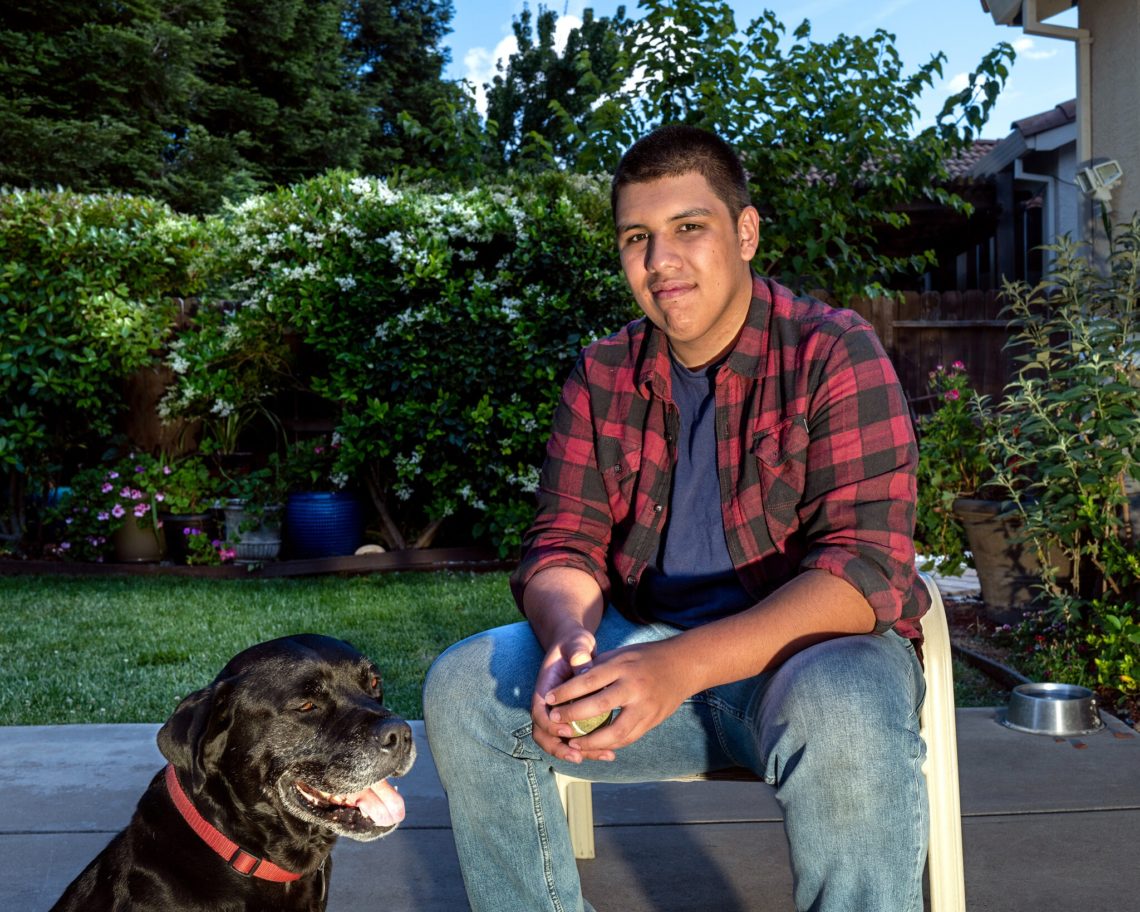
A successful lifeline for Natomas students is feeling the strain
Erin Chessin ('21) and Brett Marsh ('21) report on how the pandemic is putting enormous strain on one school district's mental health program.

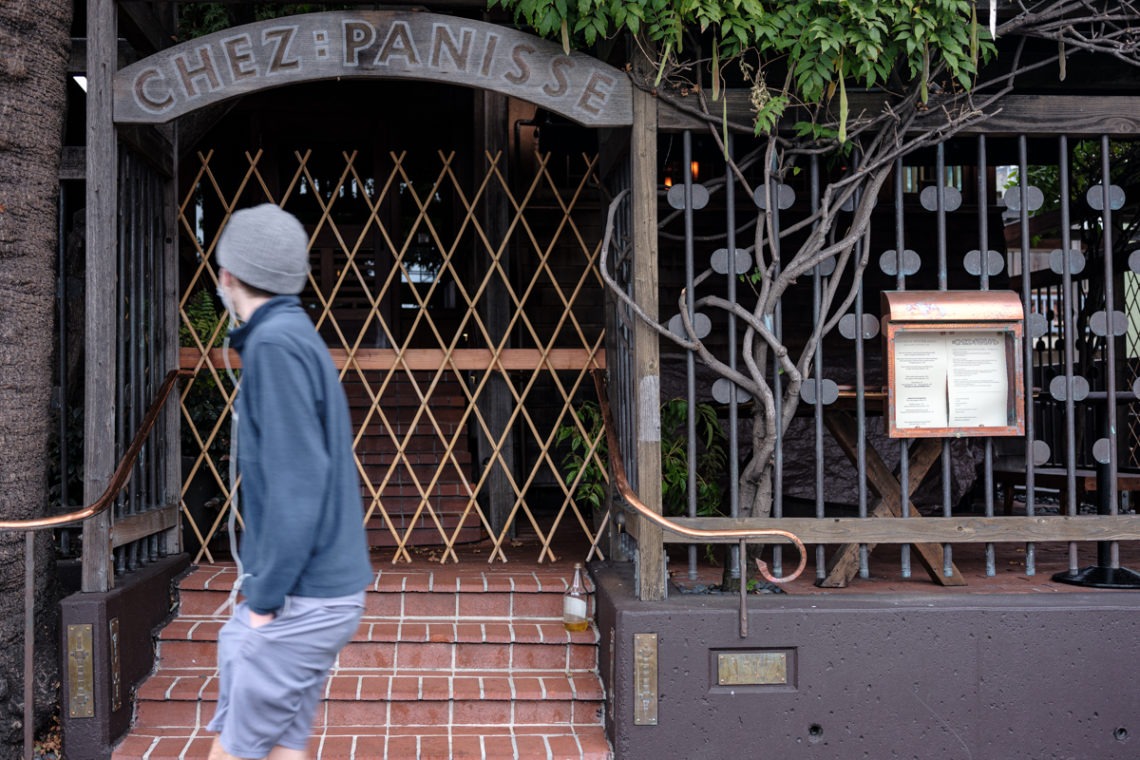
COVID changed Chez Panisse, but Alice Waters is still taking care of local farmers
Amalya Dubrovsky ('21) reports how COVID impacted Chez Panisse and founder Alice Waters rallied to take care of local farmers.

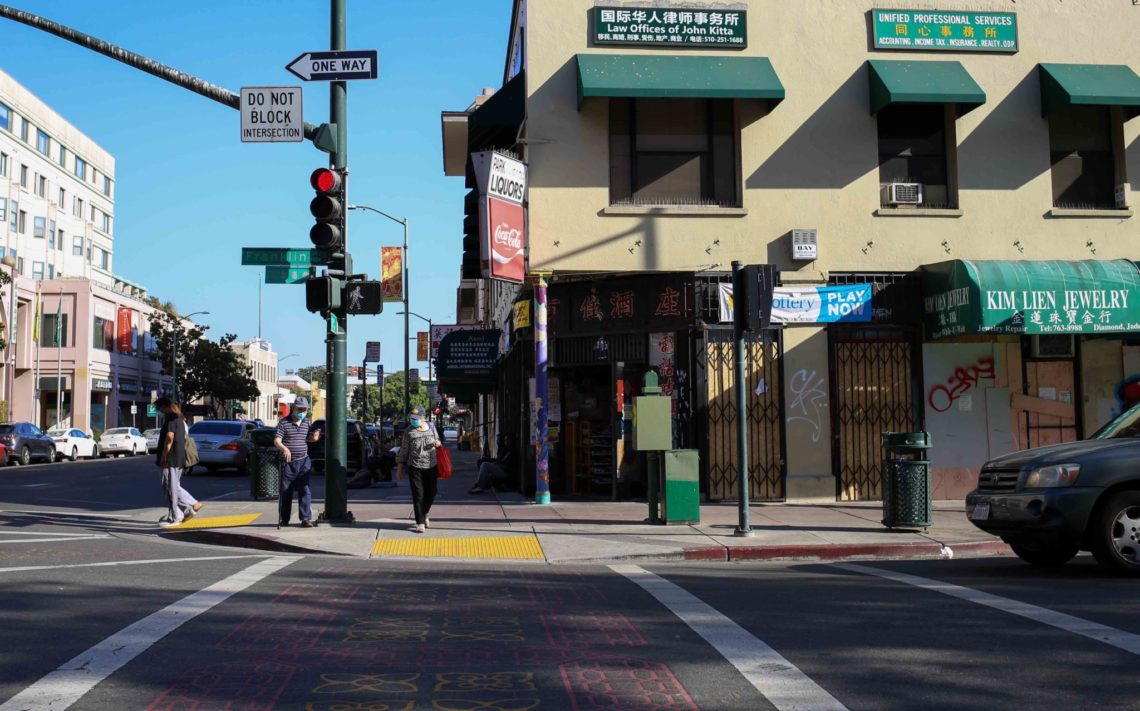
Oakland’s Chinatown business owners struggle to weather the pandemic
Tamera Moore and Qinghui Kong ('22) report on the many ways small businesses in Oakland’s Chinatown are hurting.

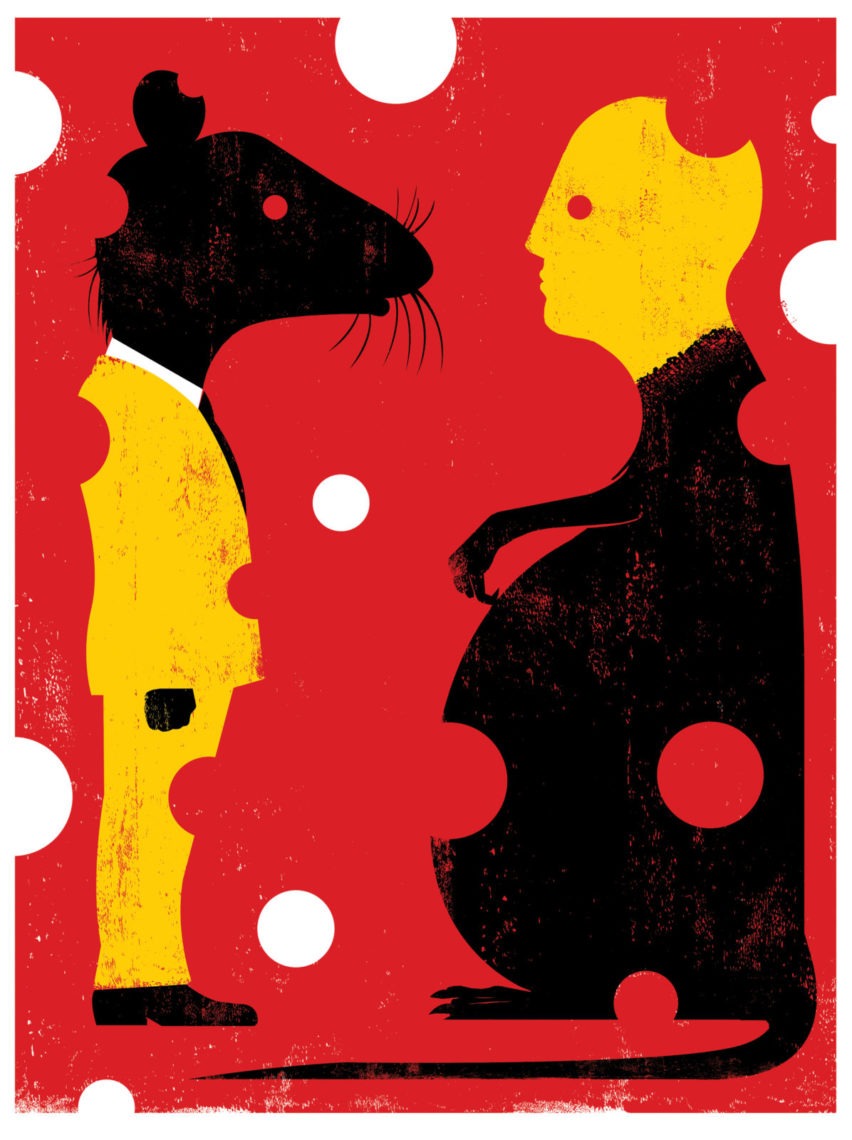
Epizootic: How Infectious Disease Can Move From Wildlife to Humans — and Back to Wildlife
Daniel Roman (‘21) and Prof. Elena Conis explain how Infectious disease can spread from wildlife to humans. Plague’s story in the U.S., they write, may teach us something about COVID.

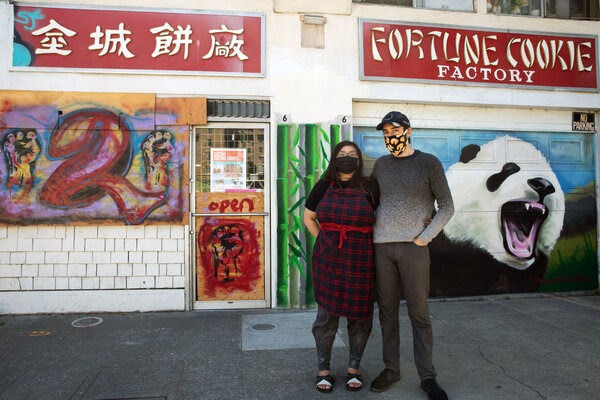
Cookies Help Bridge Barriers in Oakland
Shuang Li reports on how the pandemic is prompting new efforts to break down barriers that have long divided Asian and Black residents of Oakland. Photo: Meiying Wu.

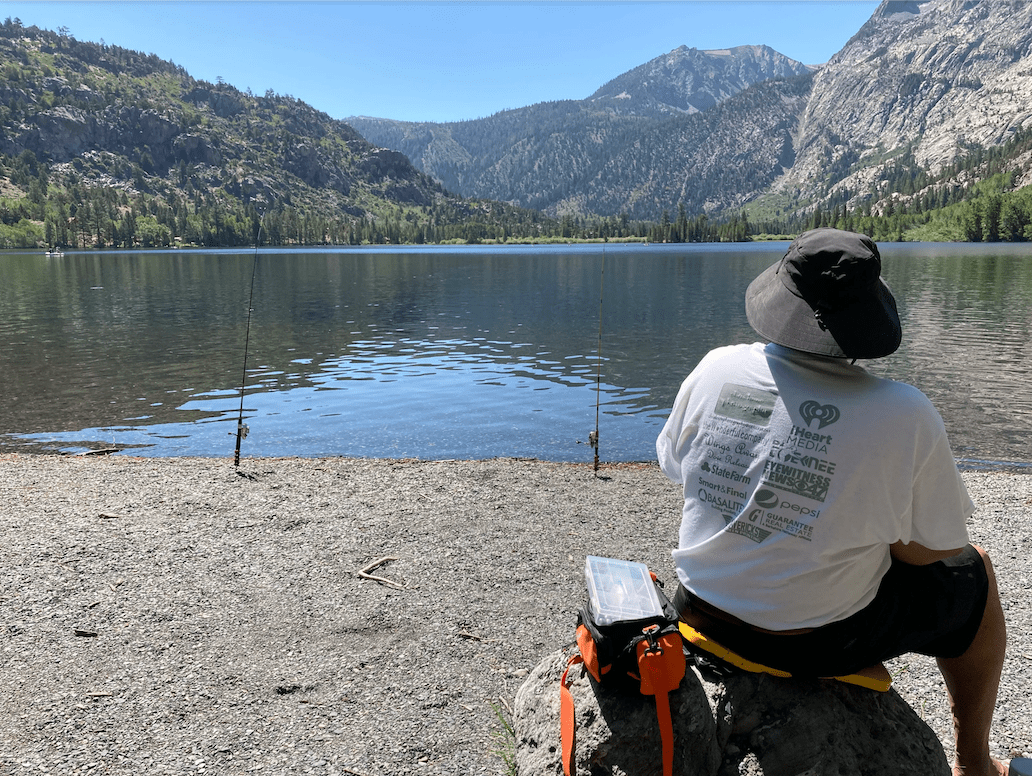
Strange Bacteria Are Attacking California’s Trout Supply
Will McCarthy reports on California's effort to contain a pandemic within a pandemic -- a bacterial outbreak that's killed tens of thousands of trout.

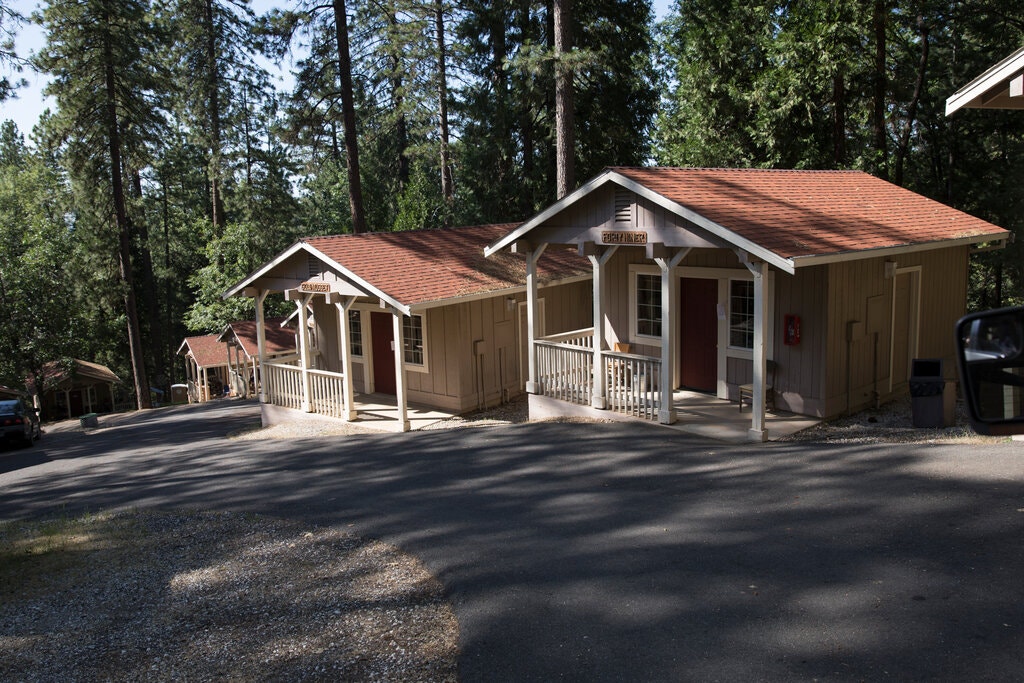
An Update on Project Roomkey in Tuolumne County
Tessa Paoli and Nina Sparling report on a pandemic housing program that pulled the rug out under some tenants.

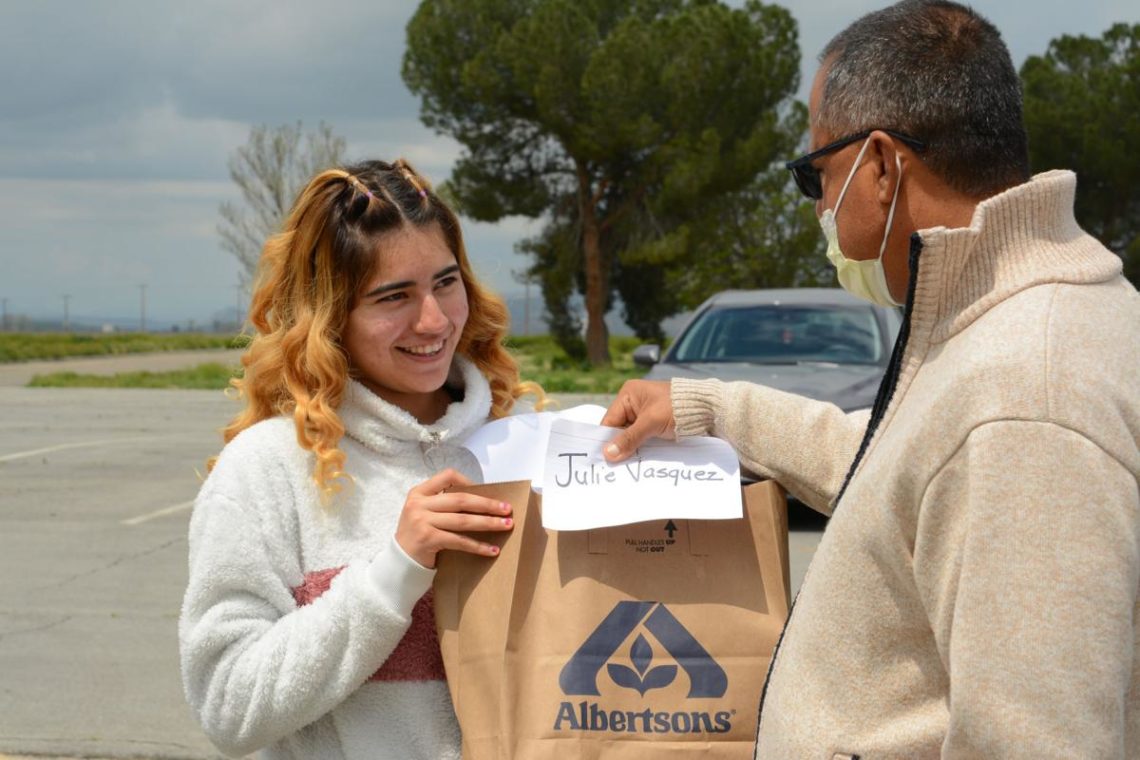
Students, teachers working through COVID-19 challenges in Cuyama Valley as school commences
Laurine Lassalle, Wyatt Kroopf and Kristen Hwang report on a sparsely populated farming area whose students could until only recently get reliable internet access.

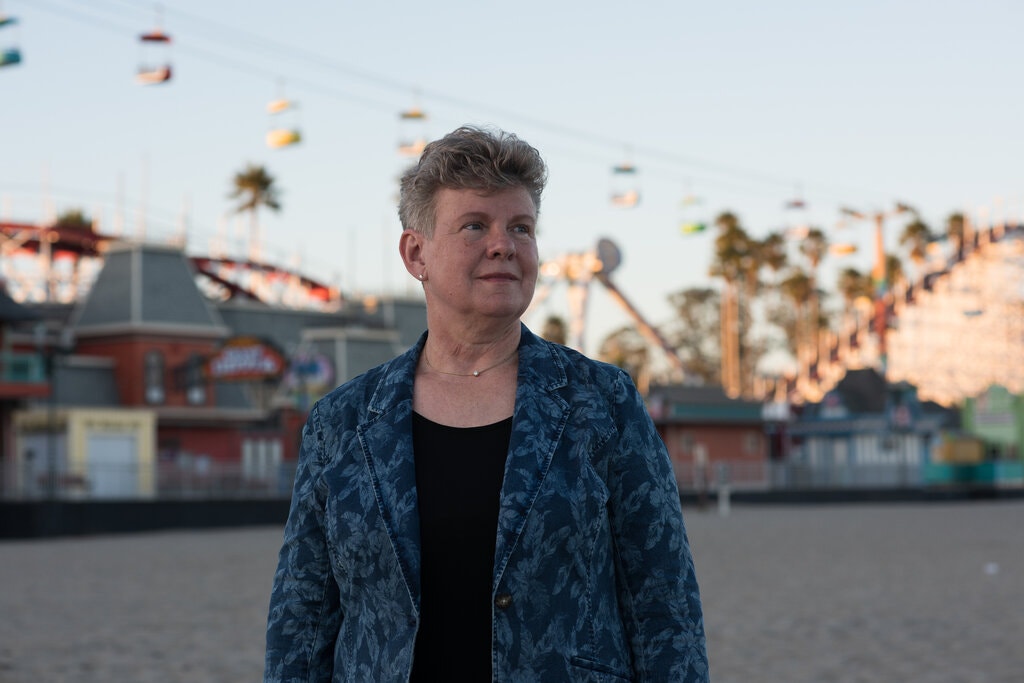
An Interview With the Health Officer for Santa Cruz
Robin Estrin interviews Dr. Gail Newel of Santa Cruz about going from one of the safest coastal counties in the state to the site of a recent surge.

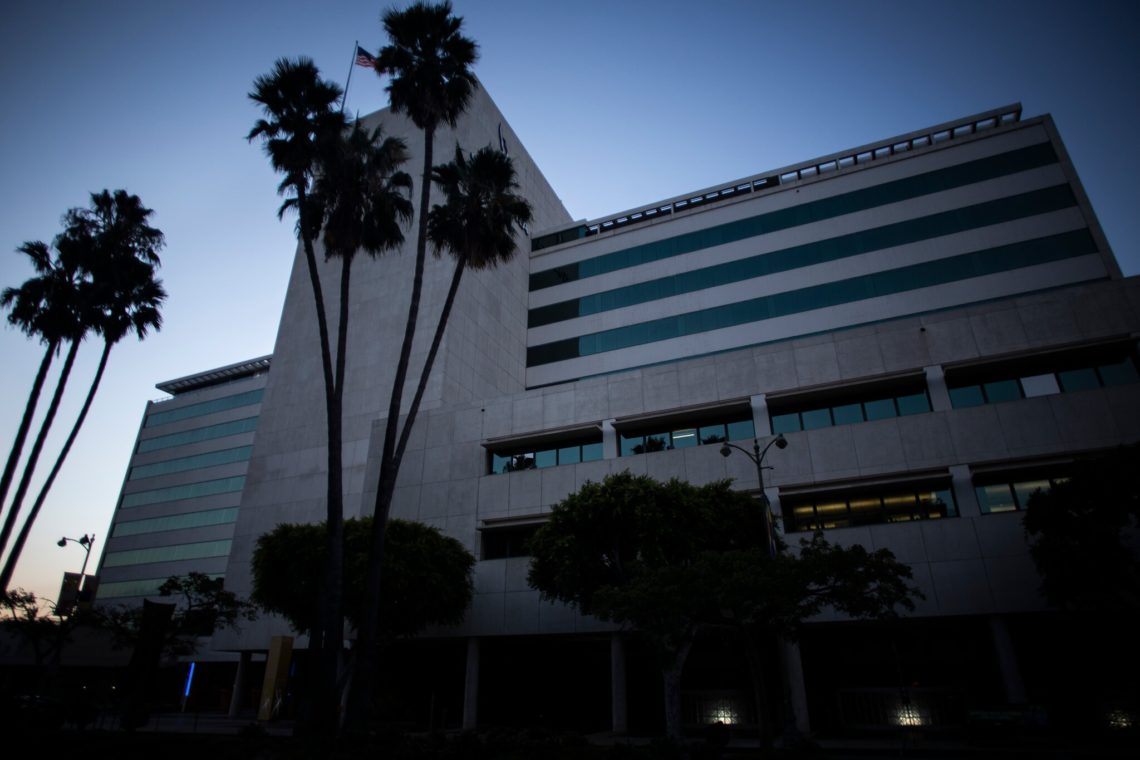
They’re children at risk of abuse, and their caseworkers are stuck home
Garrett Therolf, Daniel Lempres, Aksaule Alzhan, Laurence Du Sault, Ricky Rodas & Alyson Stamos report investigations into abuse or neglect delayed or sharply curtailed.

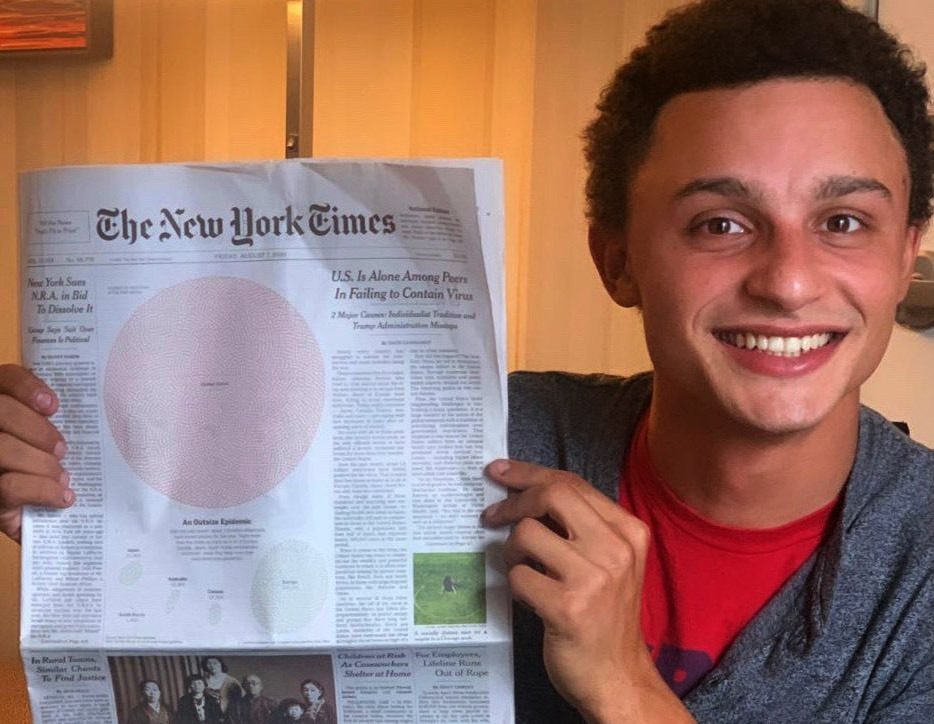
When your name appears on 1A of The New York Times for the very first time…
Congratulations to NABJ UC Berkeley Chapter's Daniel Lempres & team.

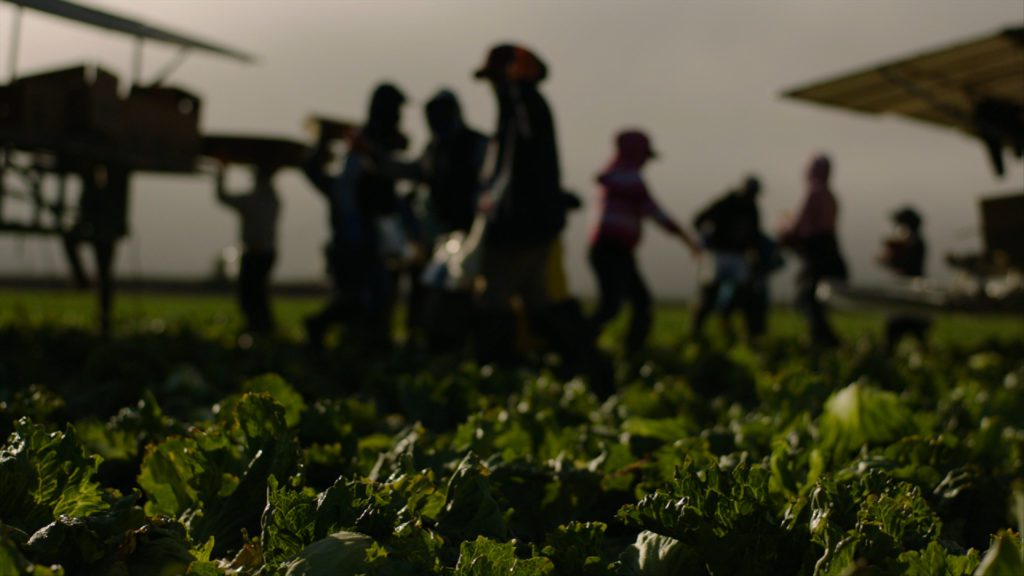
COVID’s Hidden Toll
Faculty and student-led investigation into COVID-19’s devastating impact on agricultural workers.

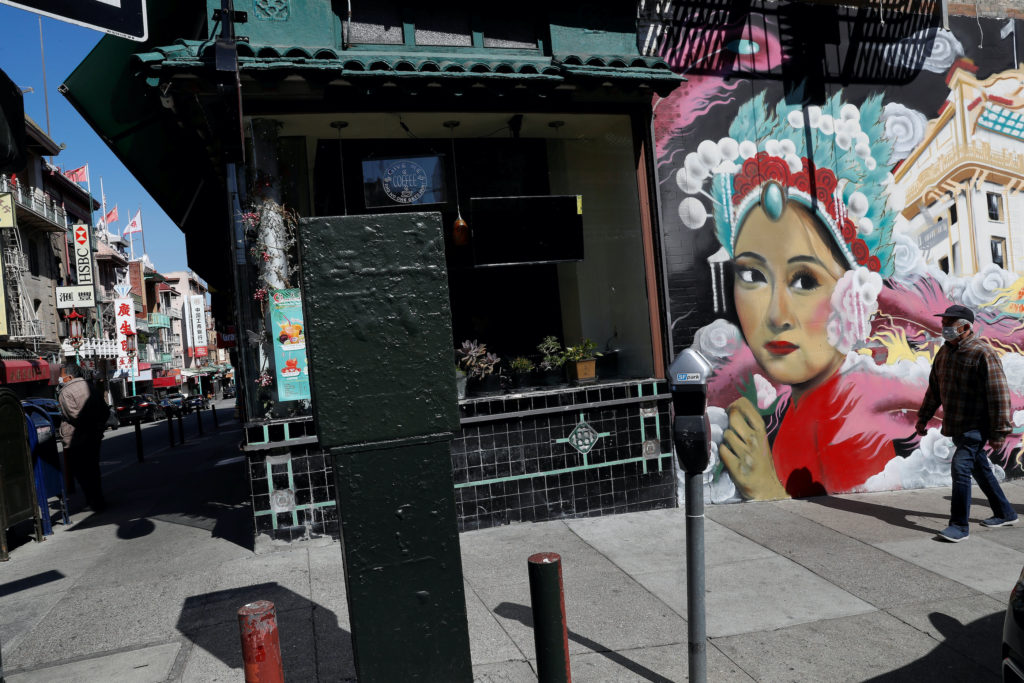
How planning and early action helped San Francisco’s Chinatown control coronavirus
Meiying Wu and Alyson Stamos' inside look at how Chinatown evaded the coronavirus.

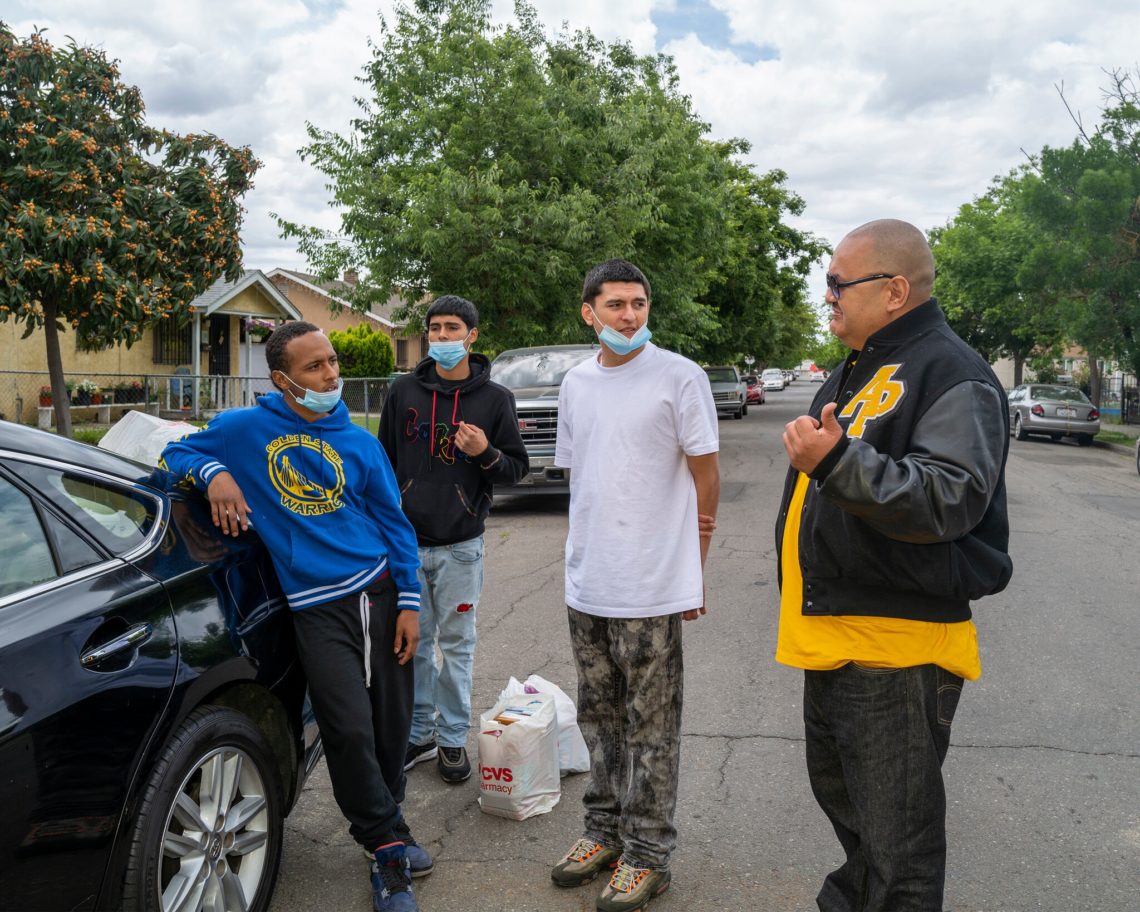
In Stockton, a Powerful Program to Prevent Violence
Betty Márquez Rosales reports how gun violence, police brutality & unemployment affects Blacks and Latinos in Stockton and the devoted 'interrupter' working to keep them safe.

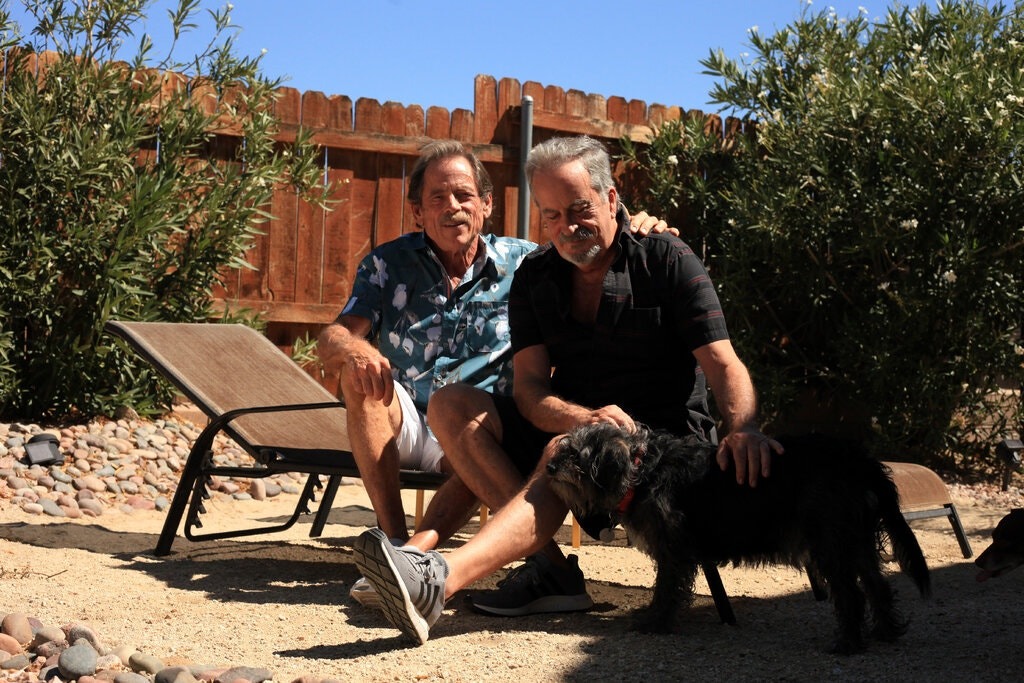
H.I.V. Survivors Confront Painful Memories and New Risks in Pandemic
Nick Roberts reports how long-term H.I.V. survivors with compromised immune systems are reliving painful AIDS crisis memories.

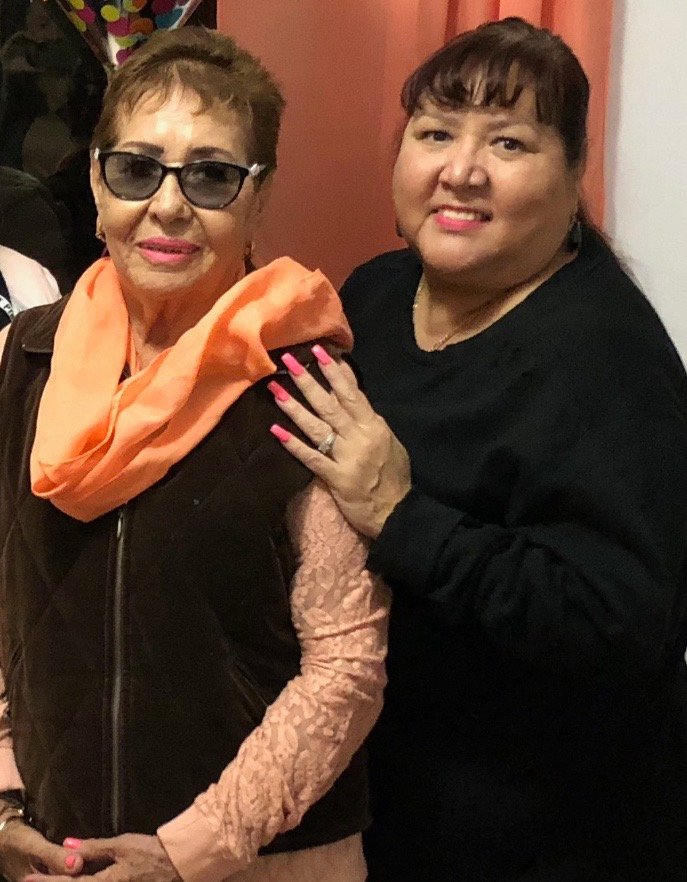
Remembering mother and daughter Carolina Tovar and Leticia Ramirez
Ashley Njoroge highlights the lives of mother and daughter Carolina Tovar and Leticia Ramirez.

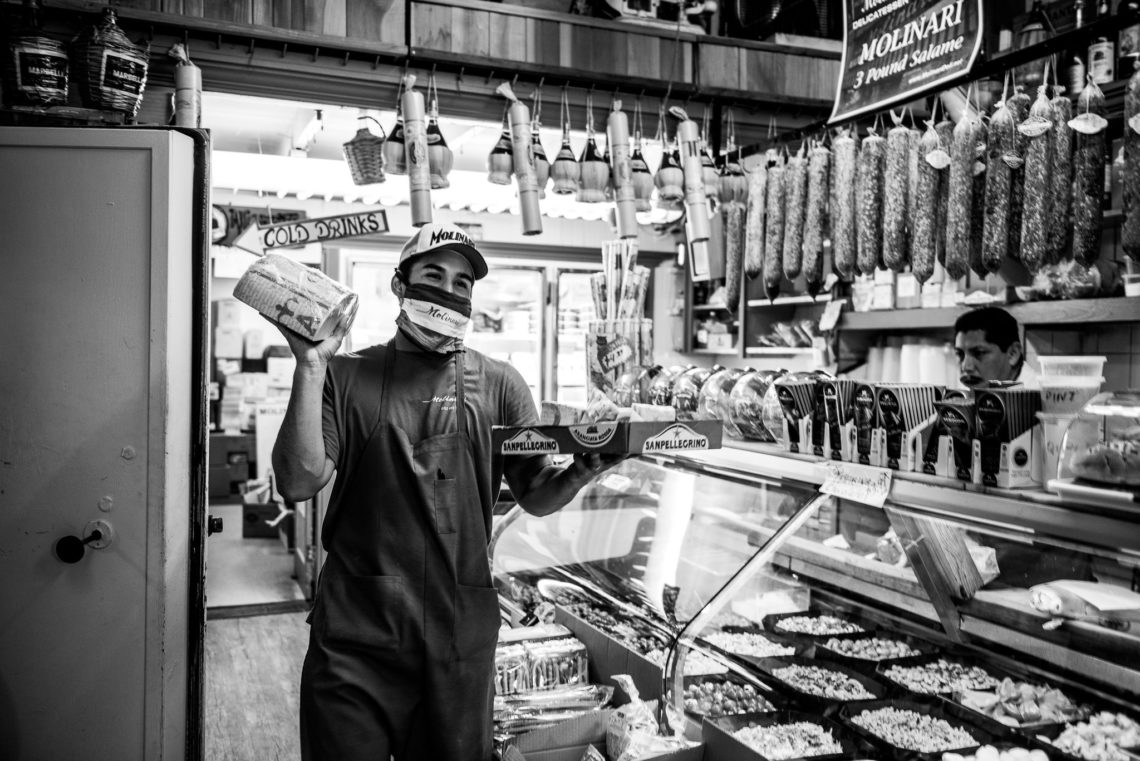
Portraits of Essential California Workers
Aashna Malpani, Deena Sabry, and Stephanie Penn highlight the essential workers—from bus drivers to mental health nurses—keeping the Bay Area afloat.


How Black Lives Matter Reached Every Corner of America
Our NYT Data Desk interns Yuri Avila, Barbara Harvey and Alex Matthews contribute reporting and research.

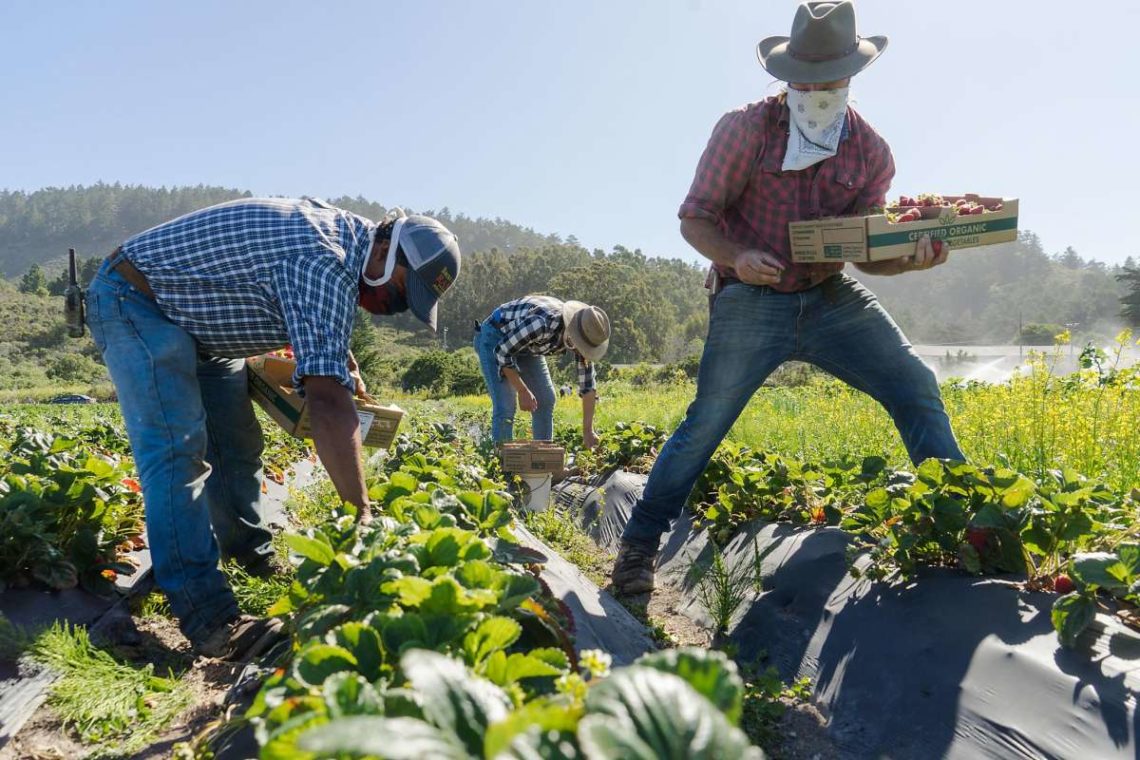
As Bay Area restaurant business drops, local farms send produce to struggling families
Natalia Gurevich reports on a coalition of local farms sending produce to struggling families absent sales to farm-to-table restaurants and farmers' markets.

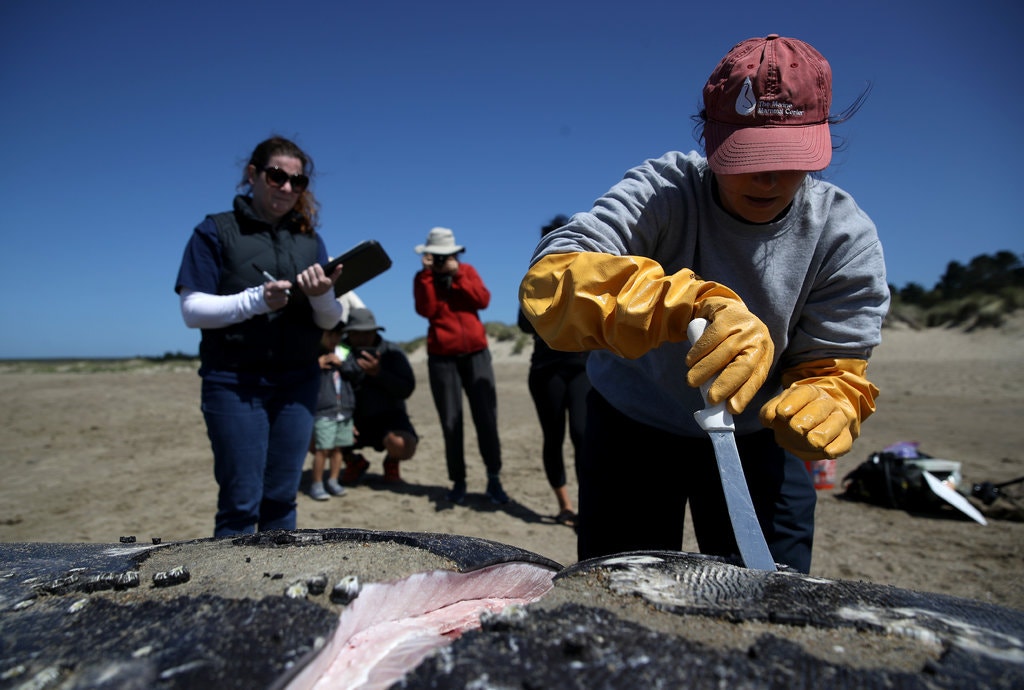
How the Pandemic Is Making It Tougher to Study Whales
Michaela Vatcheva reports how scientists were pulling out the stops to solve the mystery of gray whales dying at unusually high rates. Then COVID19 hit.

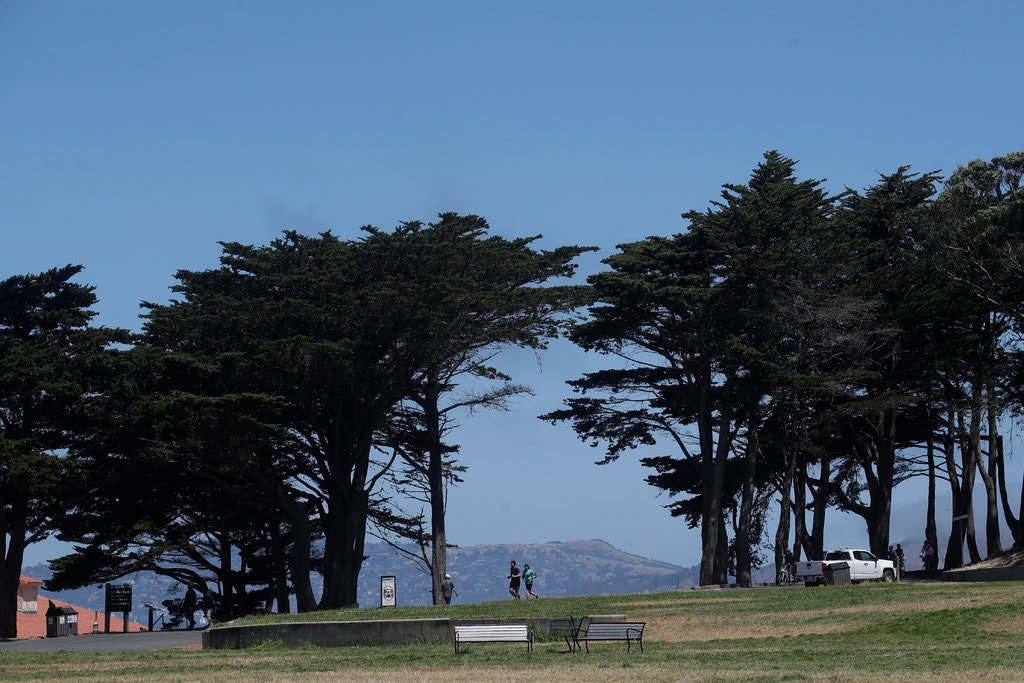
An Asian-American Author Talks About Racism in the Pandemic
Thess Mostoles talks to Kelly Yang about surging xenophobia against Asian-Americans.


Saving Heroes
Aashna Malpani & Natalia Gurevich's story on mental health trauma faced by first responders gets front cover honor.

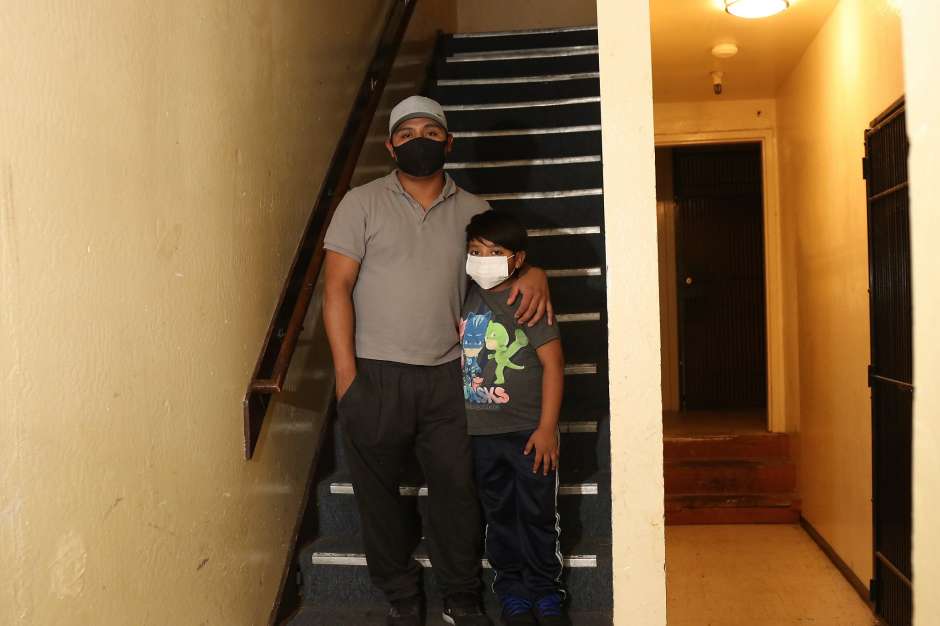
Distance learning for some kids at SF elementary school came with an extra challenge: No internet connection
Miki Katoni & Nina Sparling examine why some schoolchildren—despite living in tech-savvy, wealthy SF—don't have internet access.


In the Midst of the Coronavirus, CA Weighs Diesel Regulations
Julia Kane reports on sweeping requests for regulatory relief.

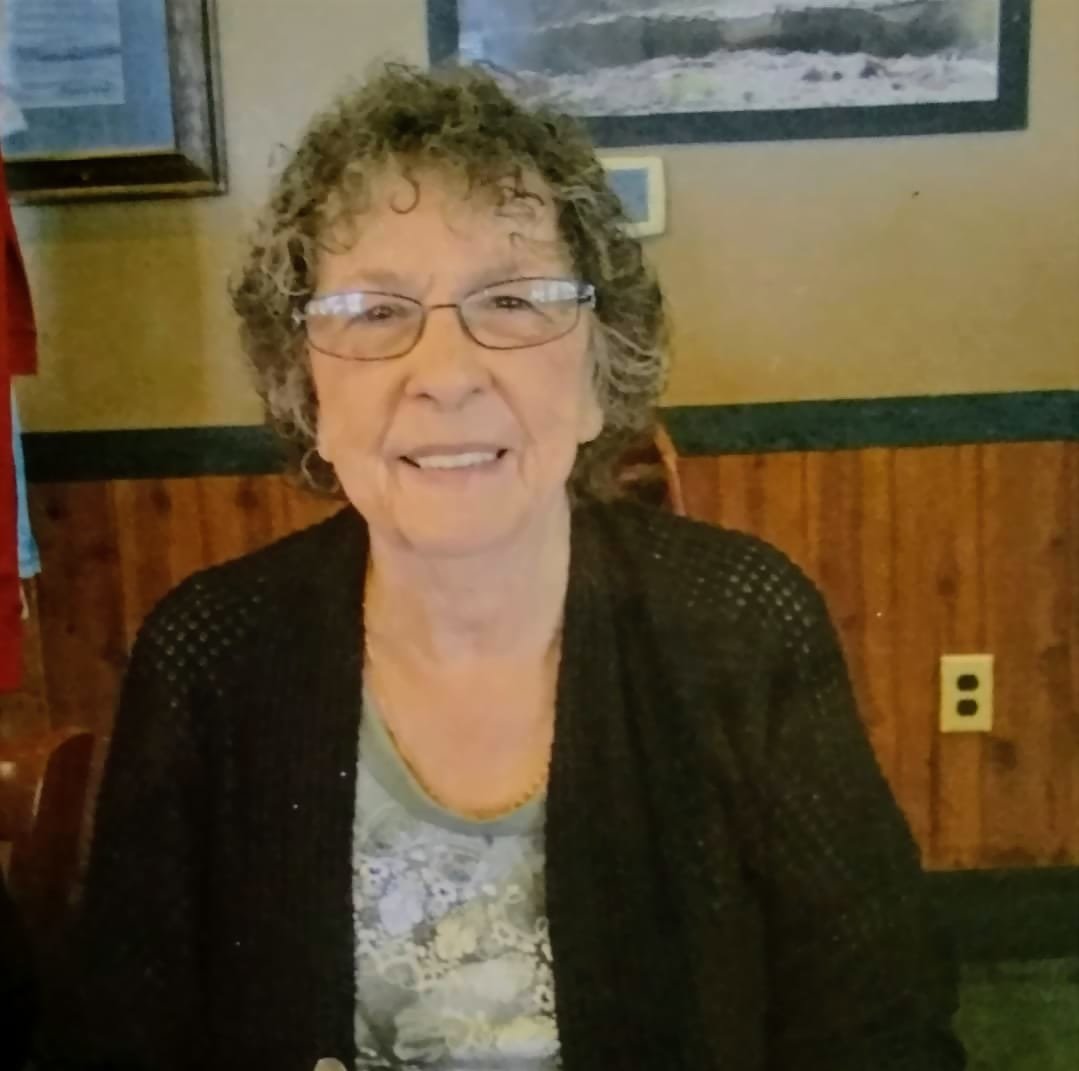
Wanda DeSelle
Amy Mostafa profiles a medical practice office manager in Madera remembered for the sparkle in her eye and laugh.

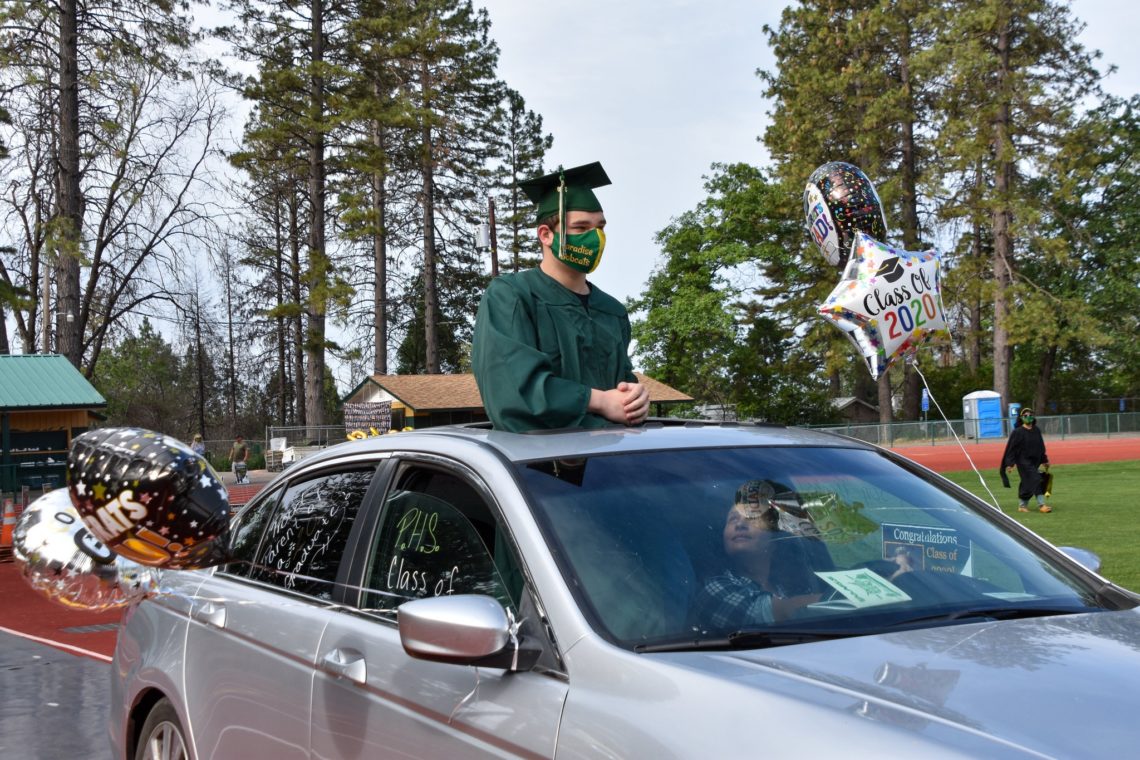
How Paradise High’s Class of 2020 Got Its Graduation
Anne Daugherty reports how students and parents won an exception to Gov. Newsom’s shelter-in-place order.

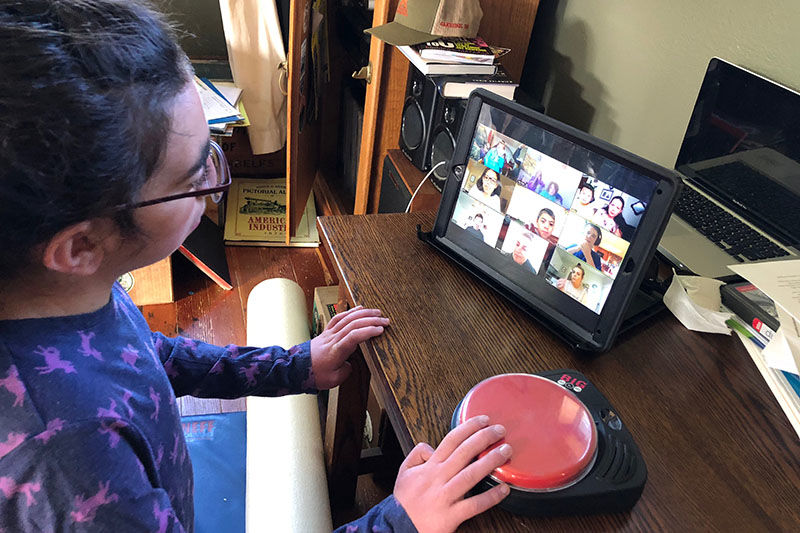
Special challenges of special education students under quarantine
Hannah Ricker reports how the sudden shift to remote learning has pushed Sonoma County’s 40 school districts into unchartered territory.


Community-Led Effort Brings Free COVID-19 Testing to SF’s Bayview, Visitacion Valley
Nina Sparling reports on effort to bring free testing to Bayview-Hunters Point & Visitacion Valley neighborhoods.

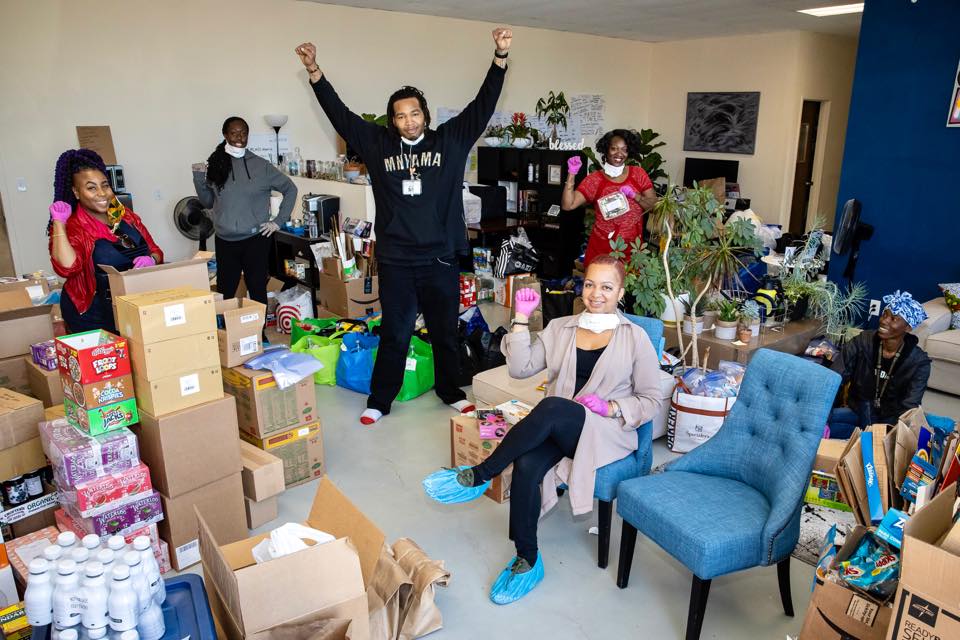
How Has Covid-19 Impacted Homeless Advocates and Service Providers?
Daniel Lempres reports how COVID-19 highlights the extent to which the unhoused rely on an informal safety net to survive.
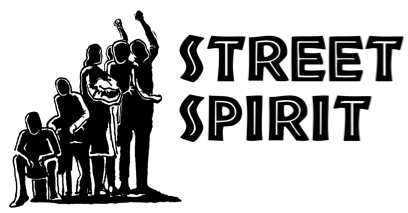
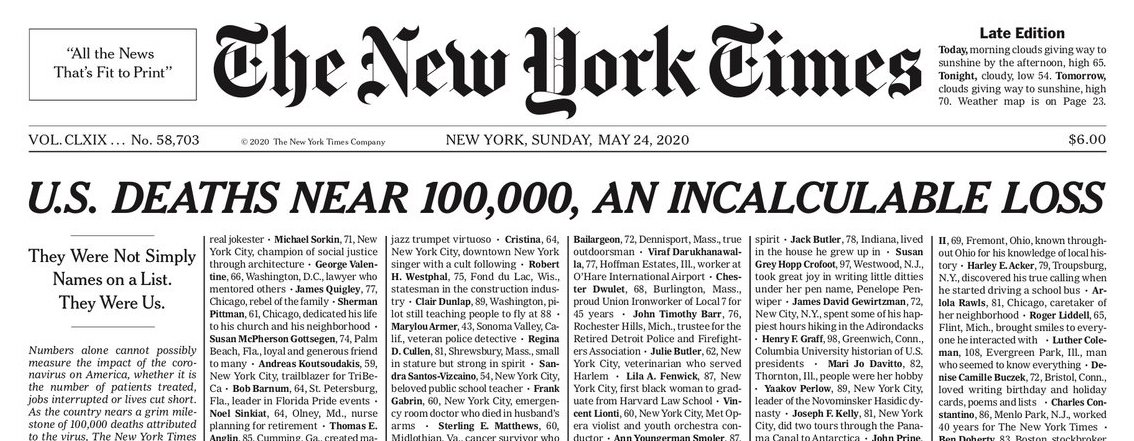
U.S. deaths near 100,000, an incalculable loss
Barbara Harvey, Alex Matthews & Yuriria Ávila part of team that creates historic 1A without images to convey the vastness and variety of lives lost.

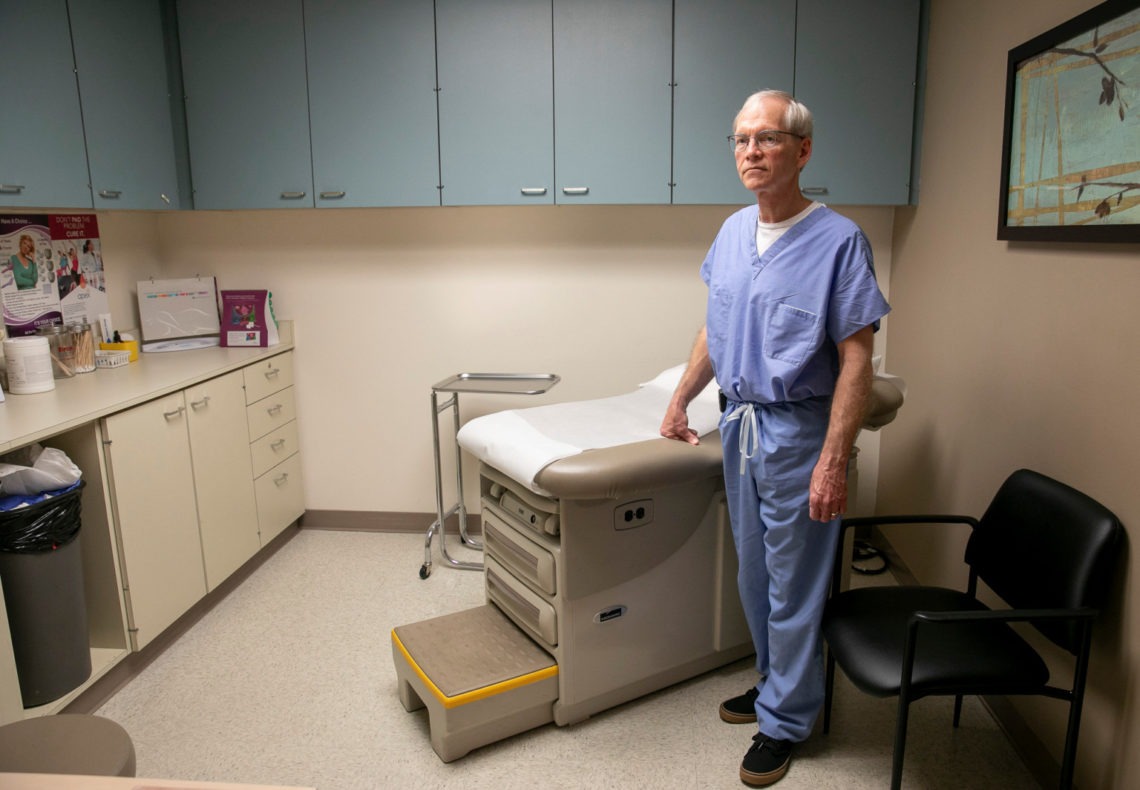
Coronavirus could force private practices to close or sell — raising costs
Kristen Hwang reports that faced with empty clinics and a cash crunch, independent physicians are worried about closing their doors or selling their private practices.

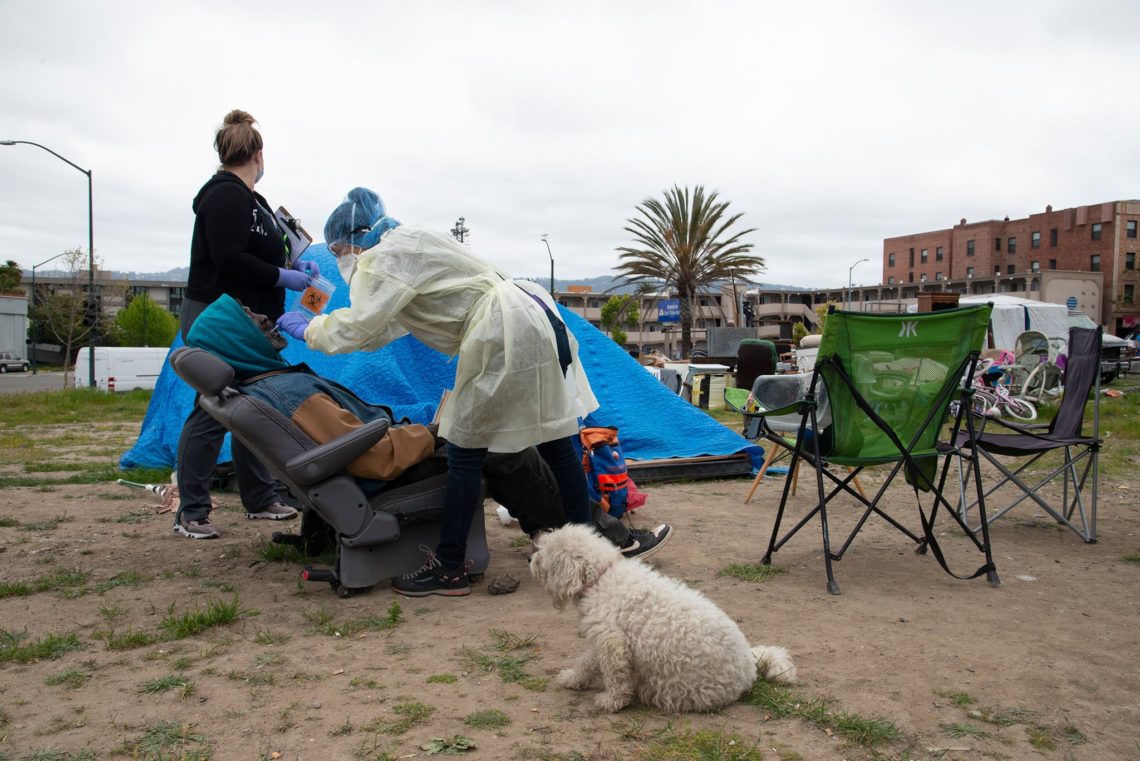
Why Researchers Hope to Test High-Risk Groups in California
Max Brimelow, Julie Chang, Pedro Cota, Alex Matthews & Kristen Hwang break down the challenges and aspirations of COVID-19 testing in Calif.

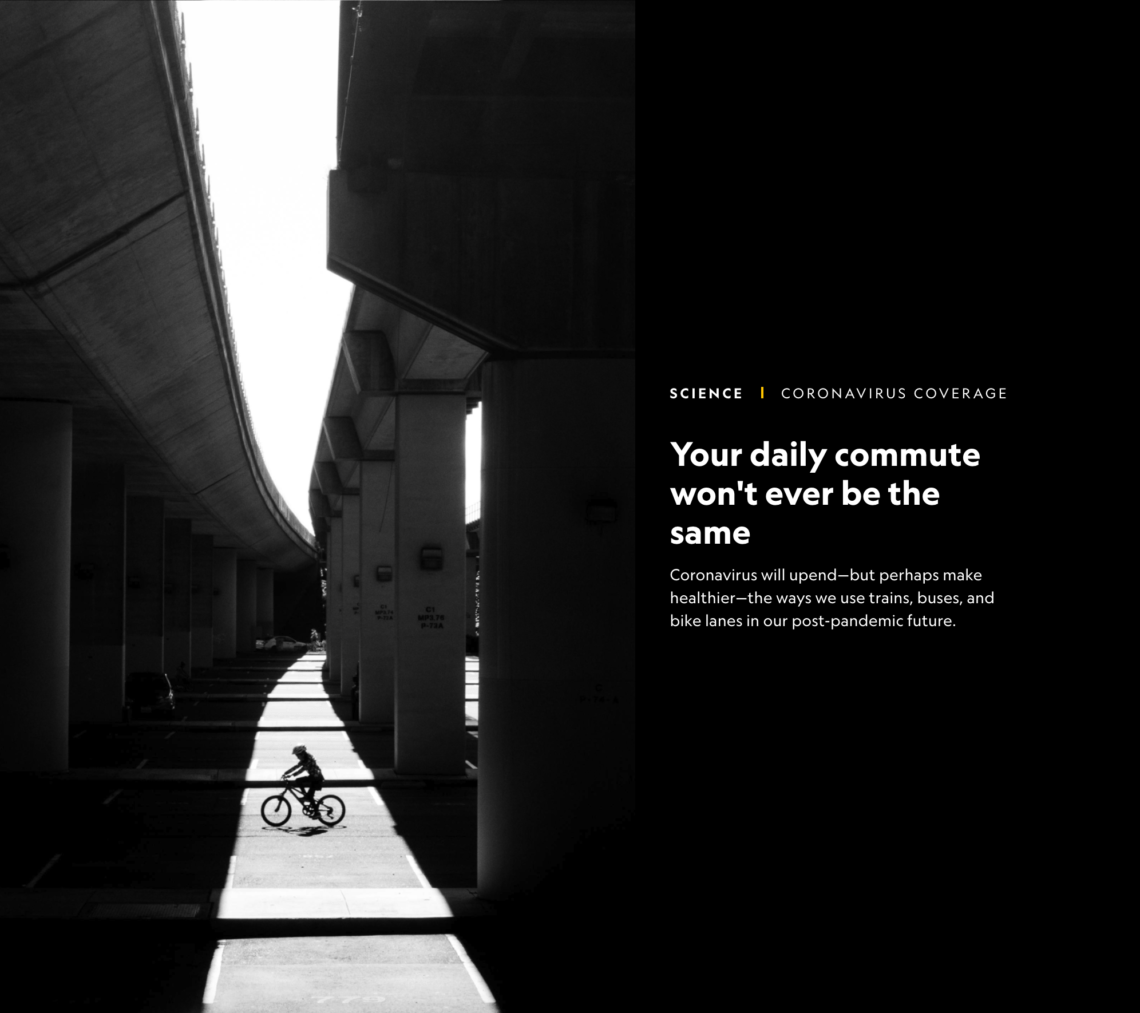
Your daily commute won’t ever be the same
Photograph by James Tensuan highlighting how Coronavirus will upend—but perhaps make healthier—the ways we use trains, buses, and bike lanes in our post-pandemic future.

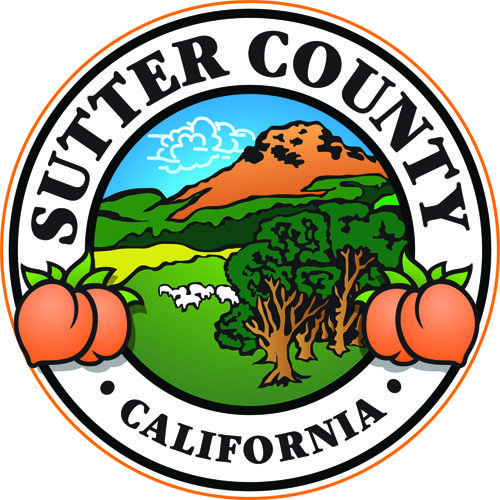
How Mail-In Voting Will Work for Sutter County
Ashlea Brown reports how rural Sutter County will balance mail-in and in-person voting to protect the safety of voters and older poll workers in November.

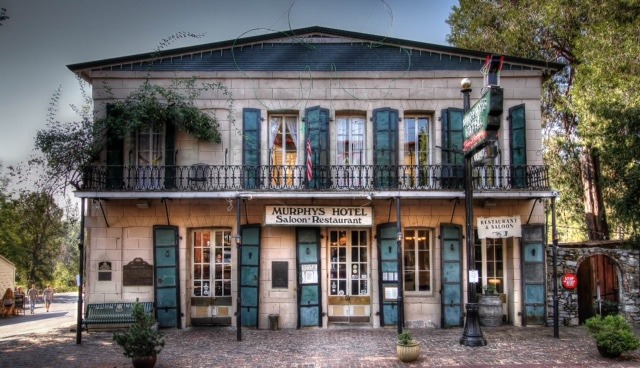
In Murphys, an Iconic Gold Rush Hotel Lies Silent for the First Time in 164 Years
Will McCarthy reports on the shuttering of Calaveras' Murphys Historic Hotel.

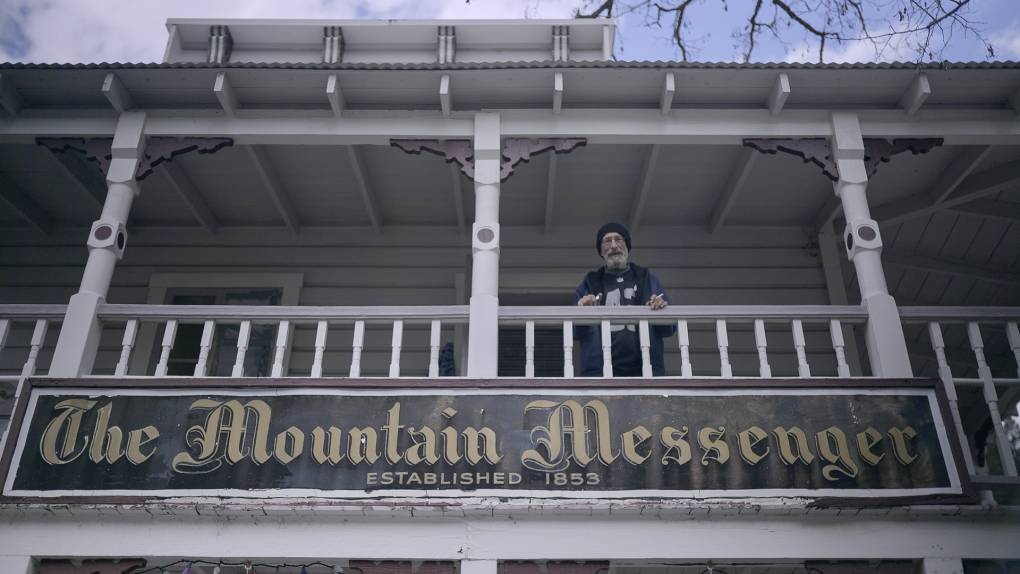
How California’s Oldest Weekly Newspaper Covers COVID-19
Katie Bernstein reports on The Mountain Messenger, CA's oldest newspaper, saved this year and now bringing COVID-19 news to remote, rural Downieville.


Testing failures have plagued the response to Covid-19. How did we get here?
Miki Katoni, Molly Forster and Max Brimelow chronicle the hurdles that tripped up the rollout of testing.

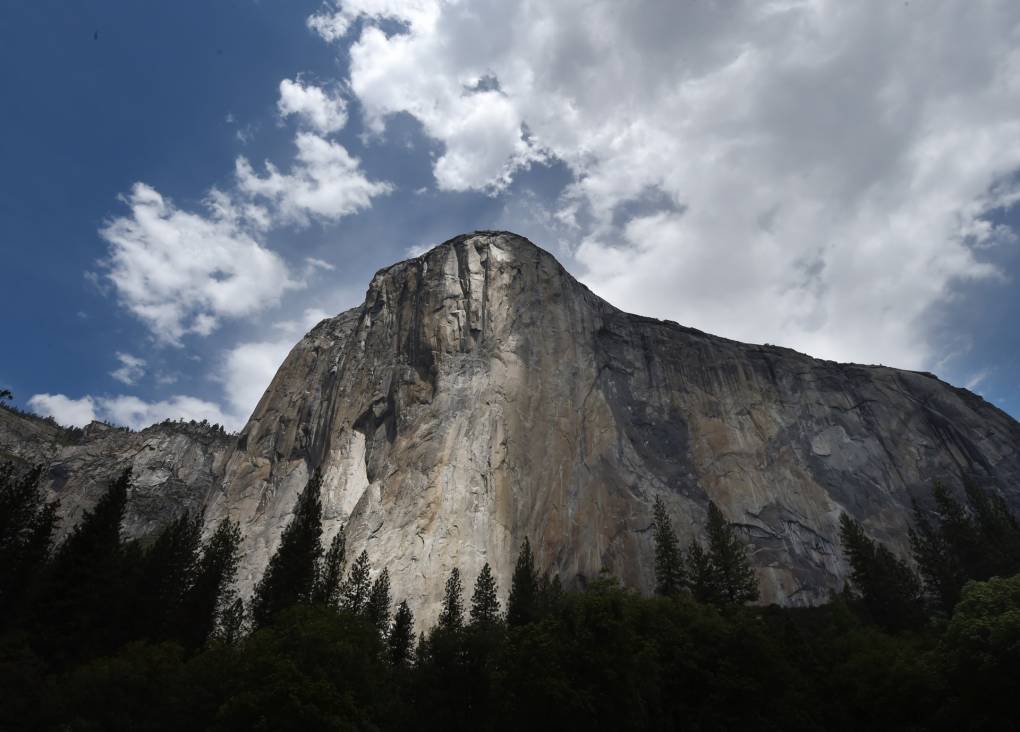
Disabled Worker in Yosemite Says He’s ‘Going Broke Fast’
Ellie Lightfoot reports that when Yosemite closed it was hard on all employees, but especially for a worker with cerebral palsy.

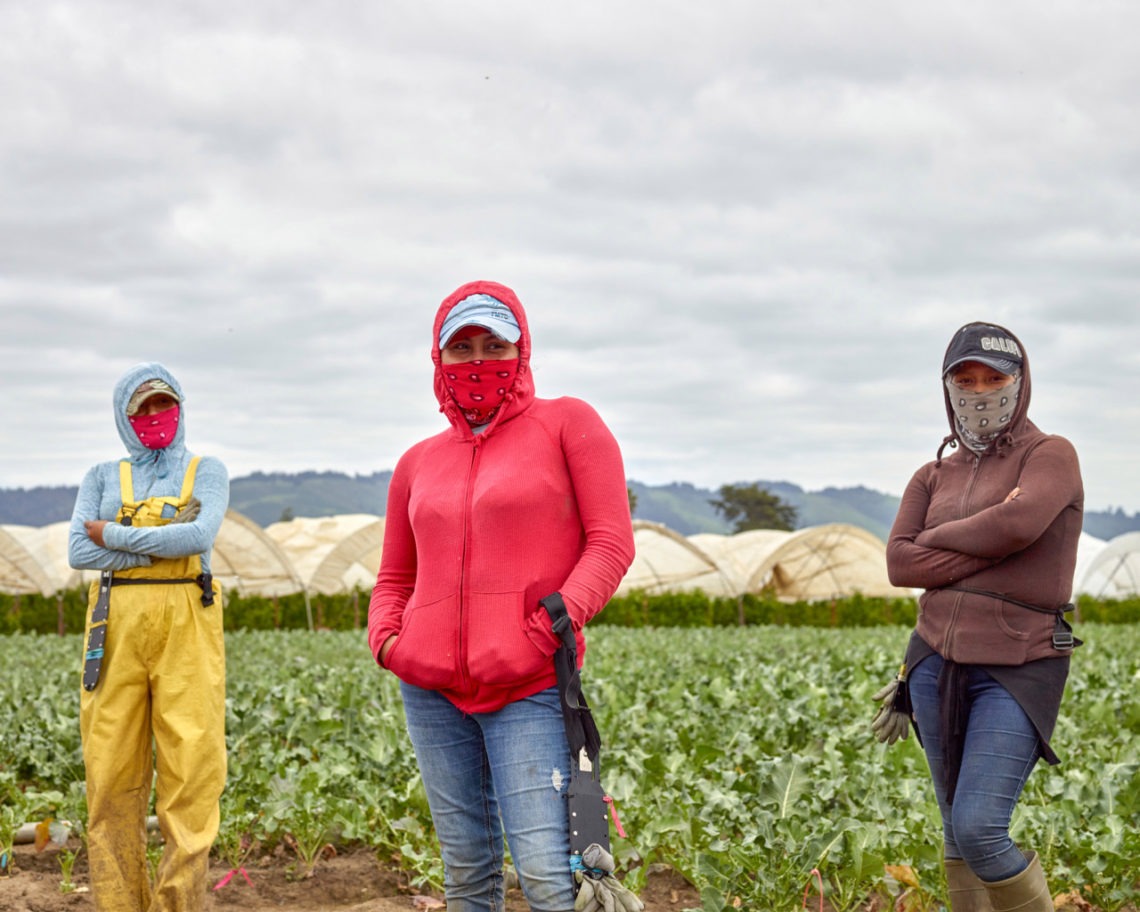
California’s Central Valley Pickers During COVID-19 Shutdown
Wesaam al-Badry drove 1,500+ miles to photograph the faces behind the fresh fruits and vegetables America demands.

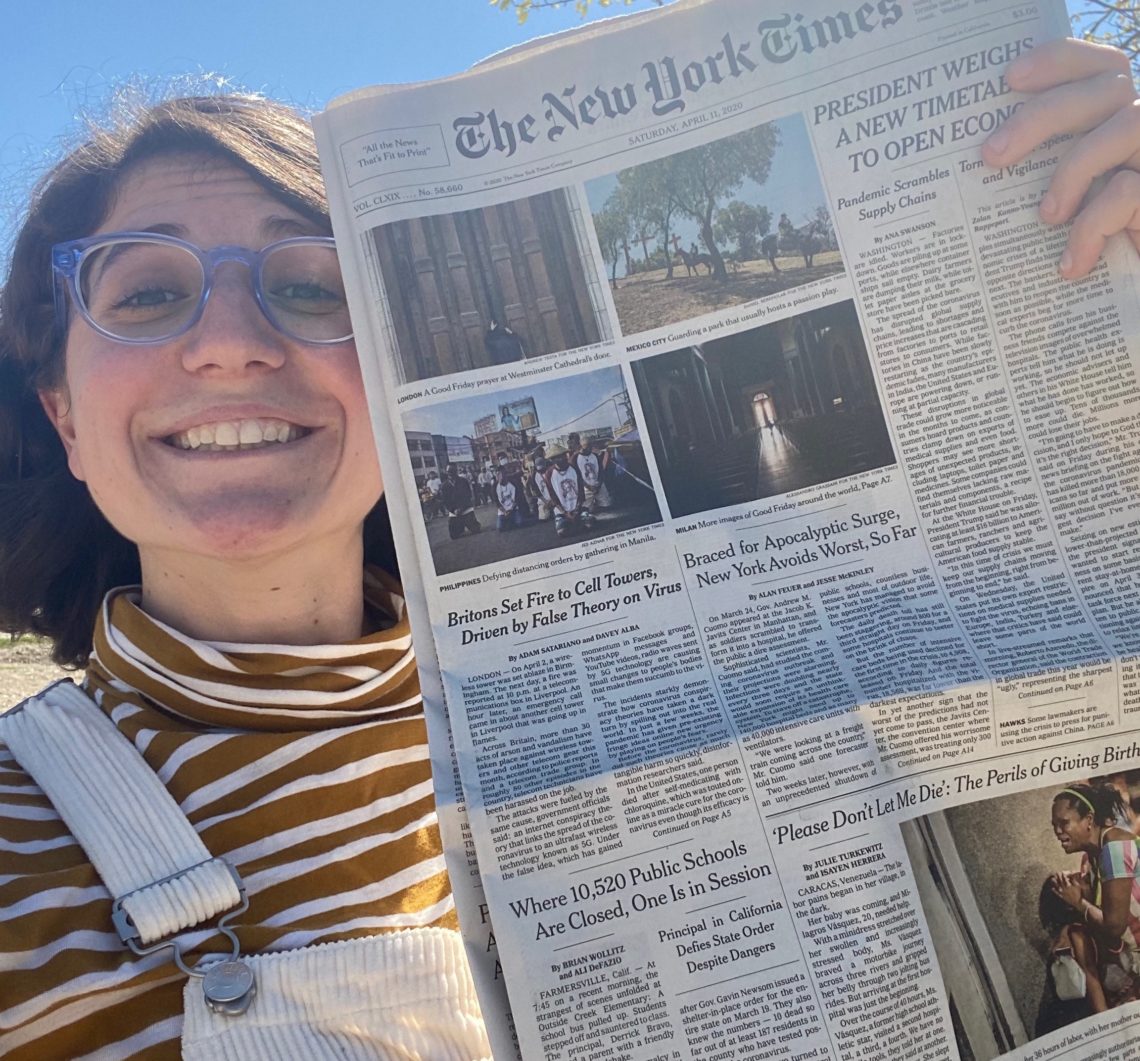
Story by Brian Wollitz and Ali DeFazio runs on front page of The New York Times
Ali DeFazio and Brian Wollitz's report on the lone school still operating in California makes the front page of The New York Times.

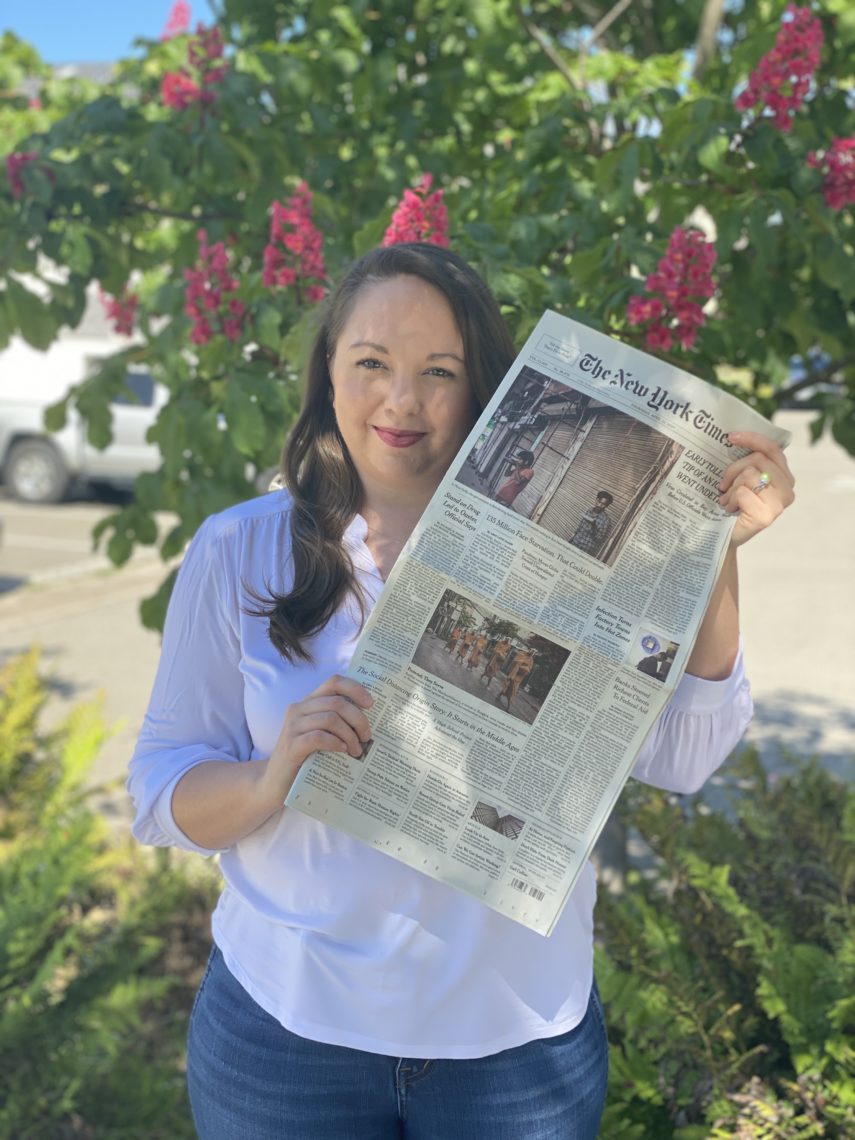
Reporting by Katey Rusch makes front page of The New York Times
Investigative reporter Katey Rusch was on the reporting team that broke the startling discovery that COVID-19 was responsible for a Feb. 6 death in CA that rewrote the timeline of the virus’s early spread in U.S.

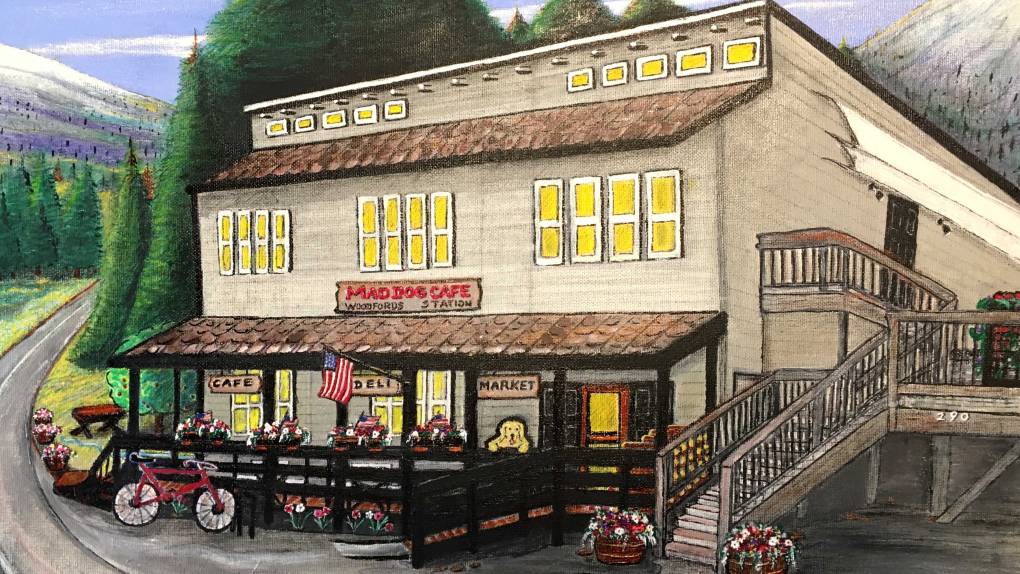
The Lottery Is the Main Attraction at This Alpine County Market
Wyatt Kroopf reports on COVID concerns in remote Alpine County over a cafe that draws older, retired Nevadans for one main thing: lottery tickets.

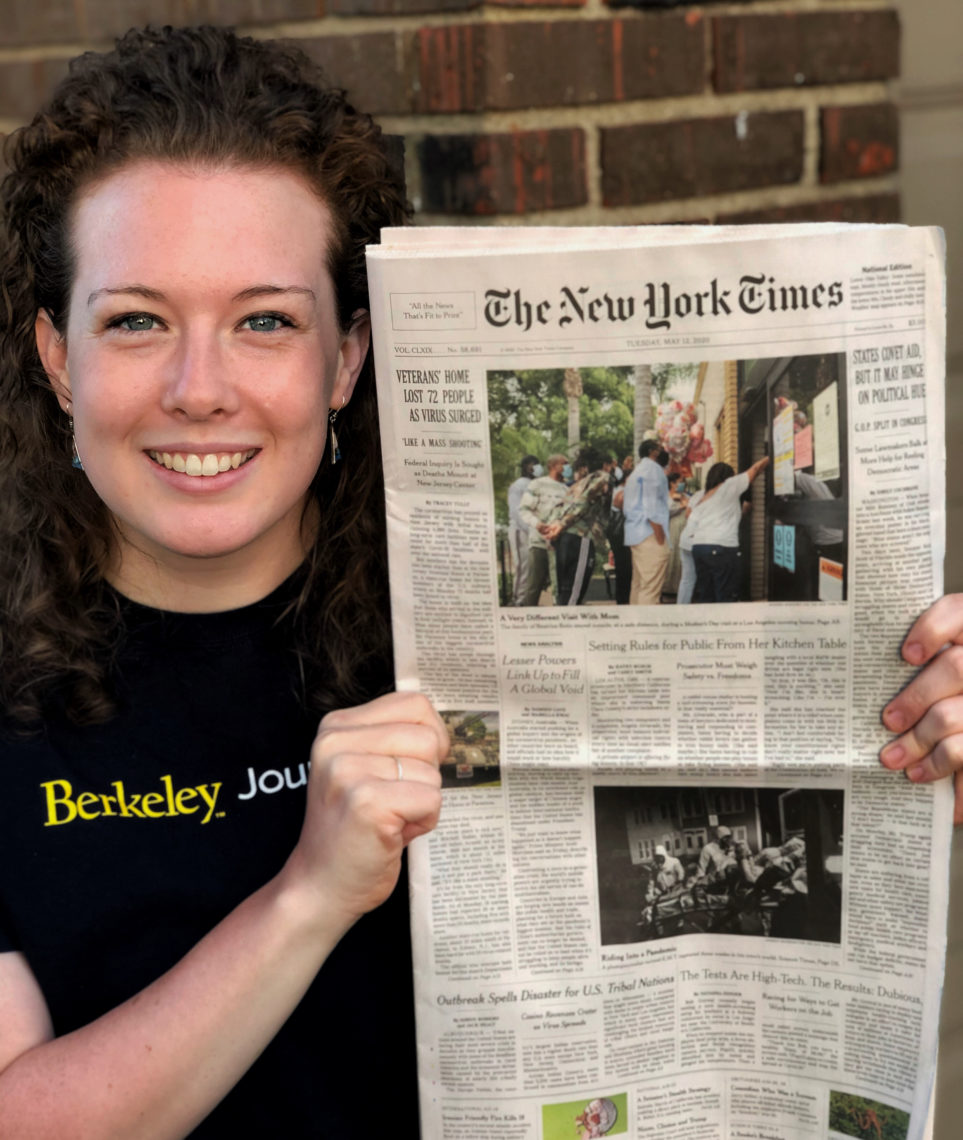
Story by Casey Smith and Katey Rusch makes front page of The New York Times
Casey Smith holding the May 12, 2020 front page of The New York Times featuring her & Katey Rusch's story on how Santa Clara District Attorneys field thousands of complaints re stay-at-home violations.

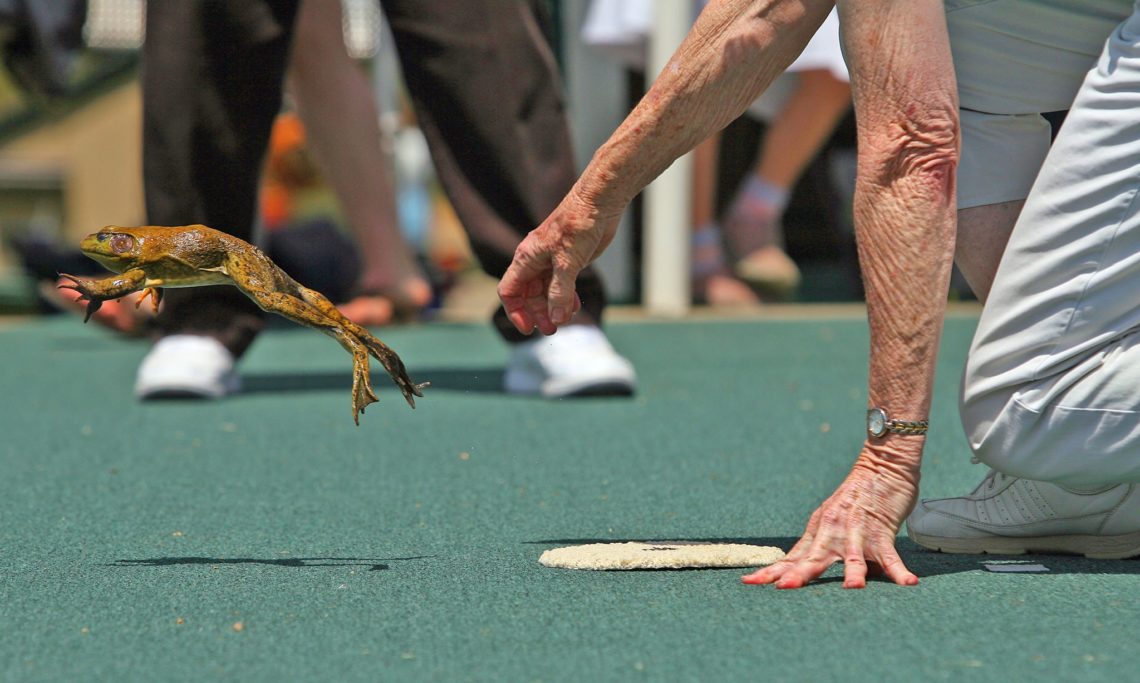
Another Covid-19 Loss? The Jumping Frog Jubilee
Will McCarthy reports there will be no frog-jumping competition in Calaveras this year. It started 92 years ago to honor a Mark Twain story and the town’s gold-rush legacy.

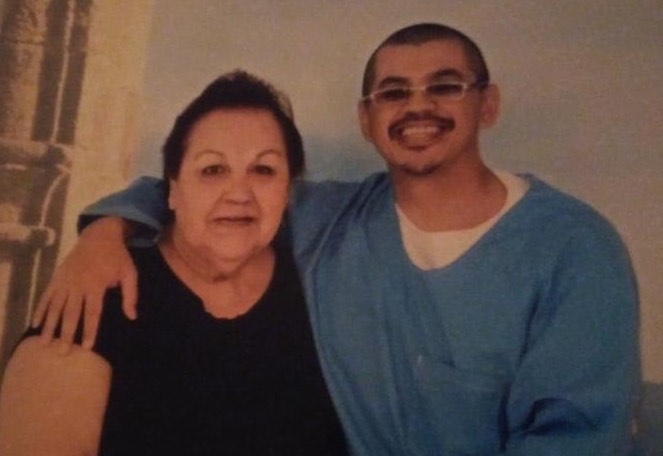
‘My Mom Is Beyond a Superwoman’: Mother’s Day While Locked Up
KQED interviews Robin Estrin ('21) about her reporting on a prisoner with respiratory disease serving a life sentence spending Mother's Day away from his elderly mom and the COVID fears they have for each other.


How Do You Enforce a Law That Tramples the Land of the Free?
Katey Rusch and Casey Smith report how Santa Clara District Attorneys weigh safety, freedom & the law as they field thousands of complaints about stay-at-home violations.


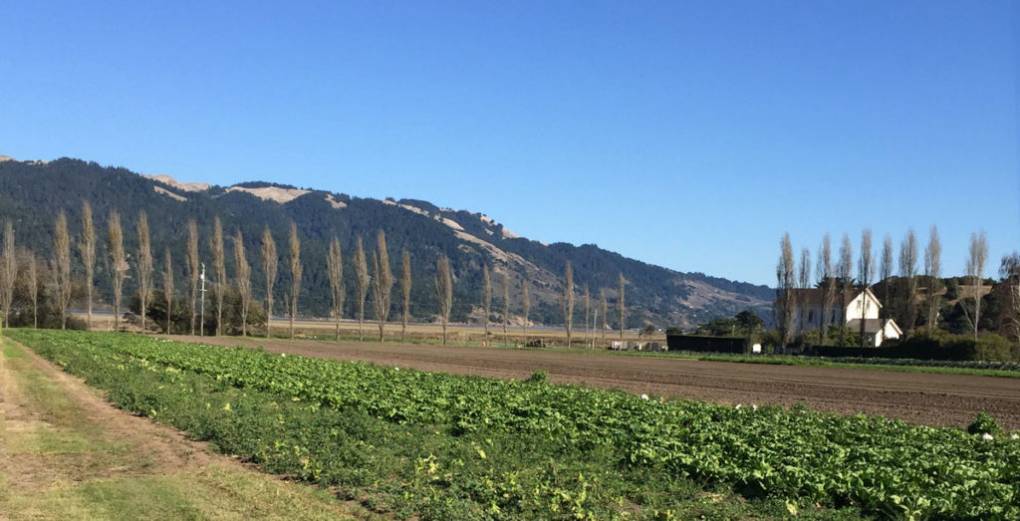
Without Restaurant Sales, Local Farms Face Tough Decisions
Nina Sparling reports how farms have been forced to find new sales outlets overnight or leave perishable crops to rot.

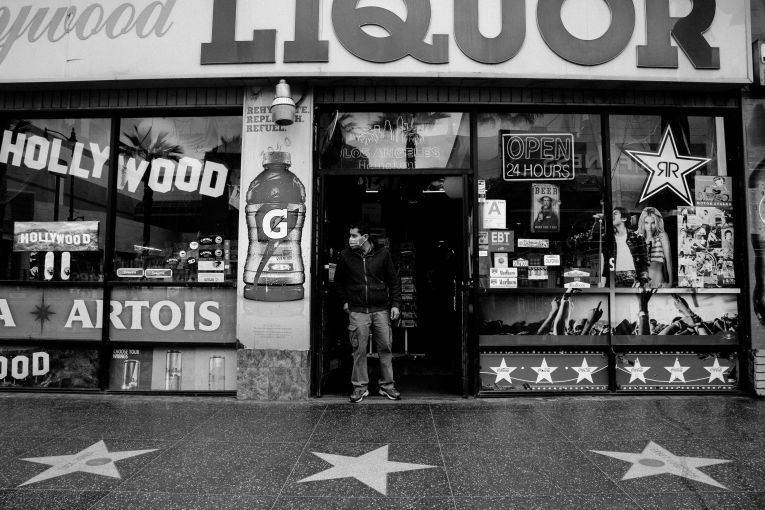
COVID-LA Photo Series
Clara Mokri captures images throughout Los Angeles during the shelter-in-place order.

